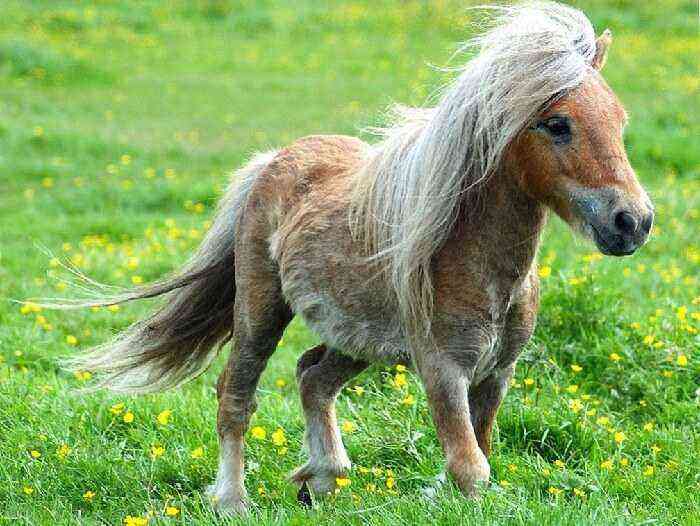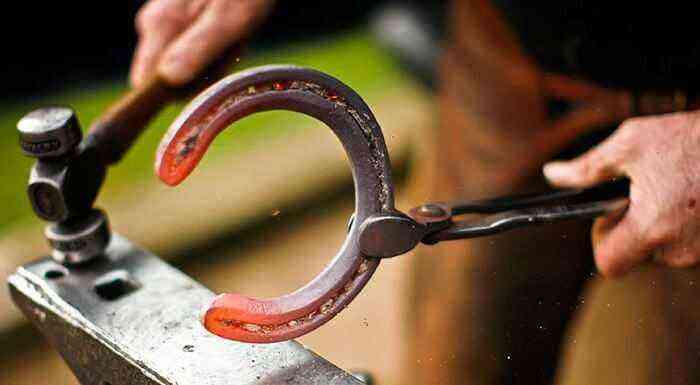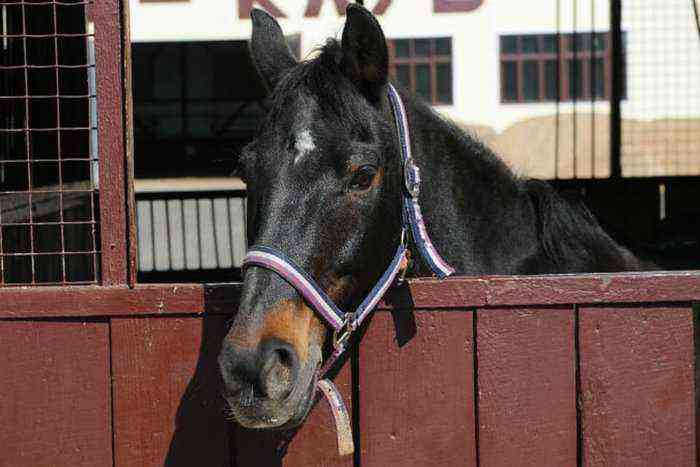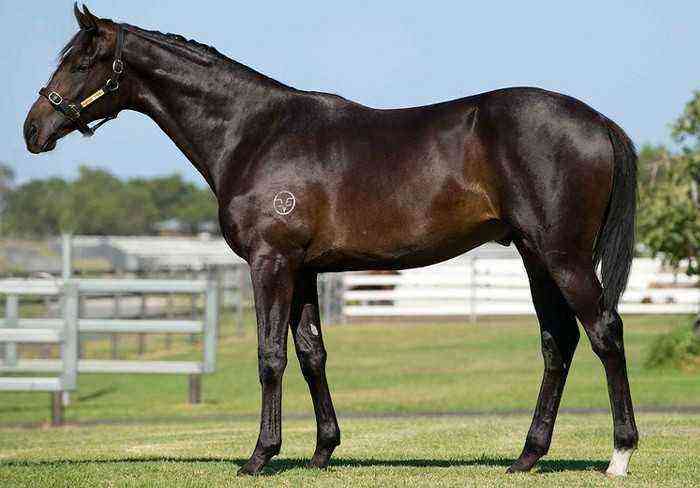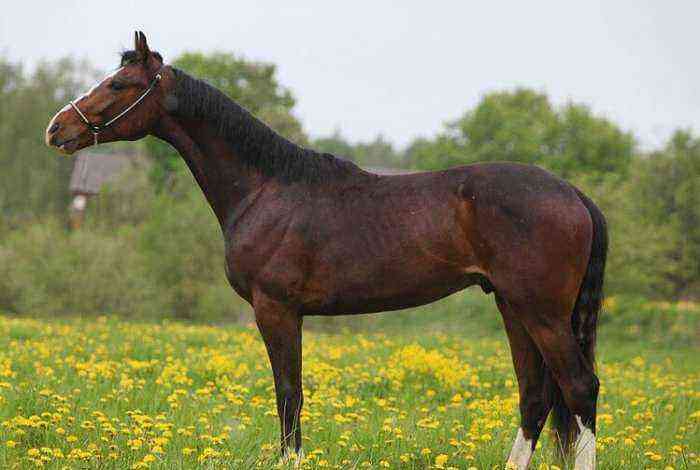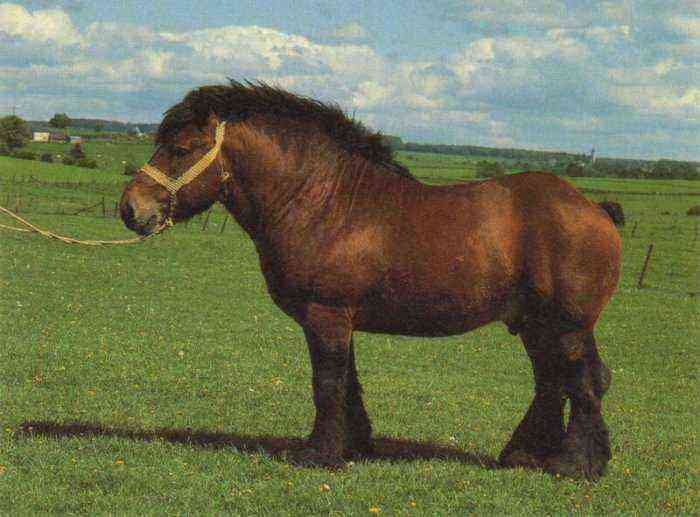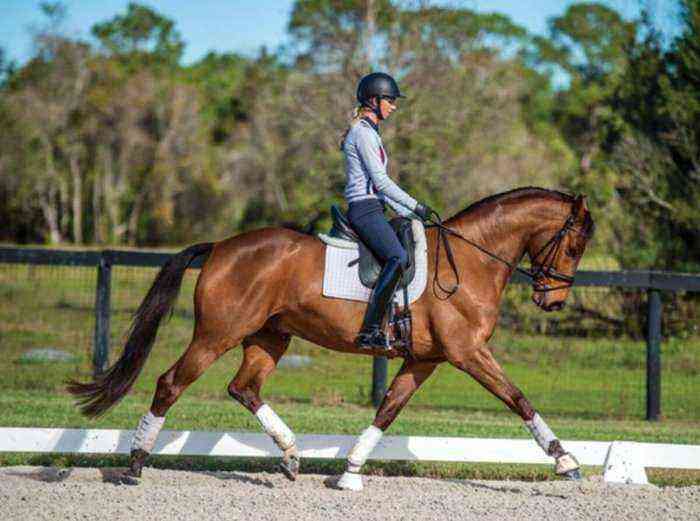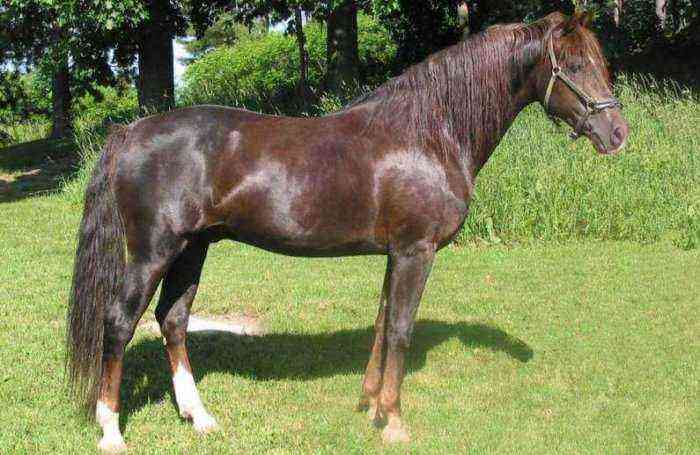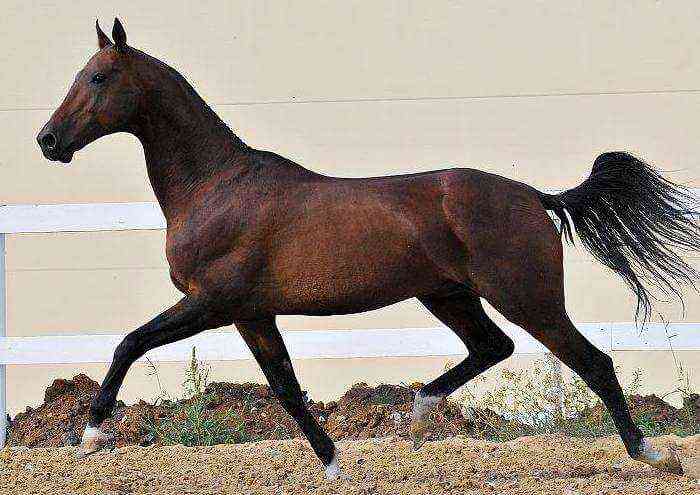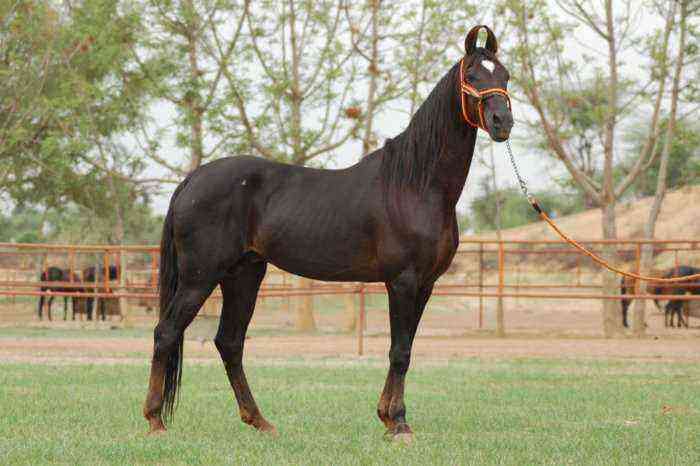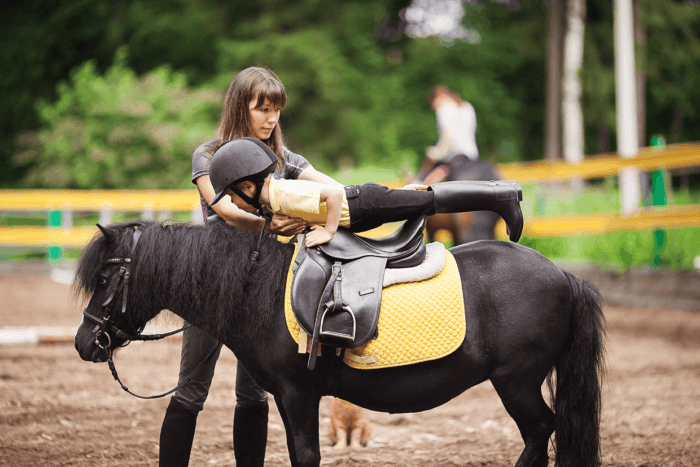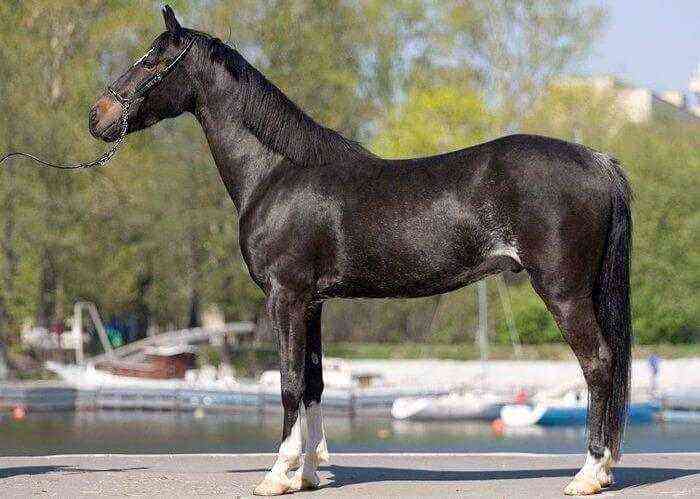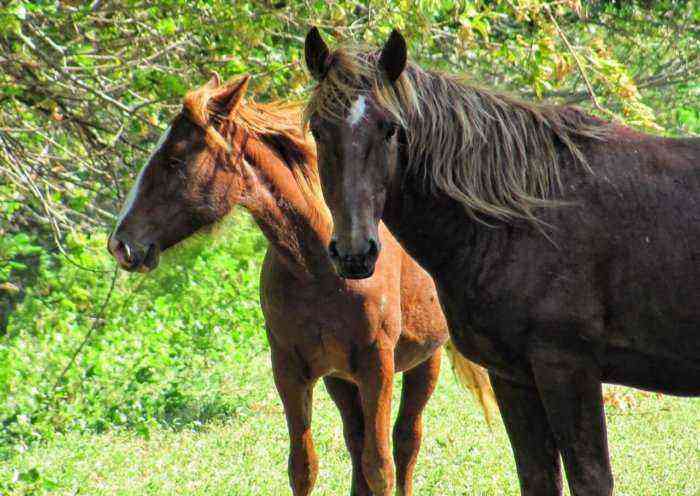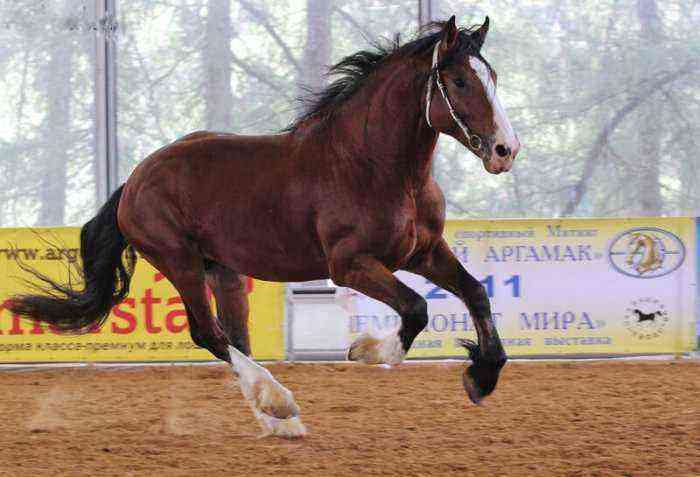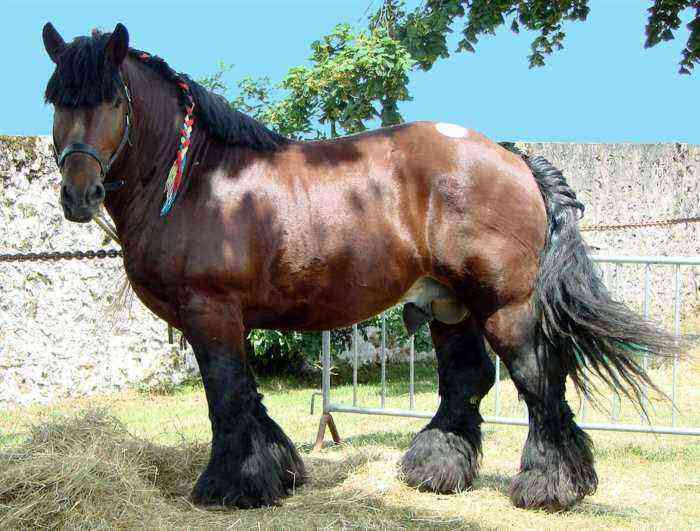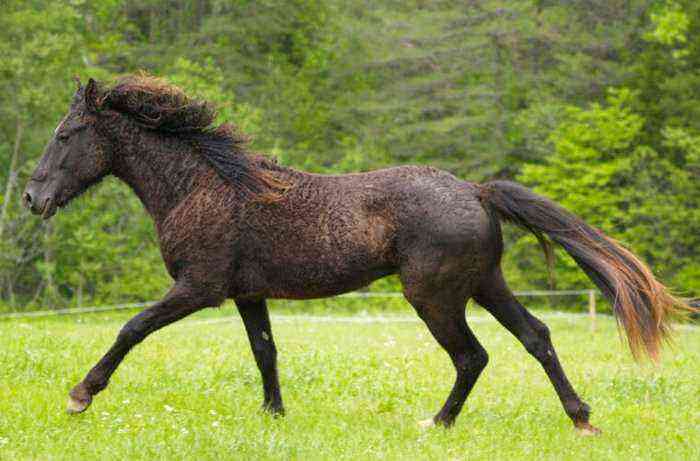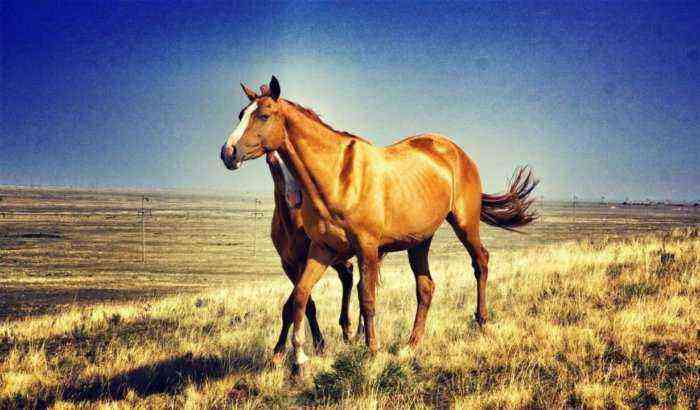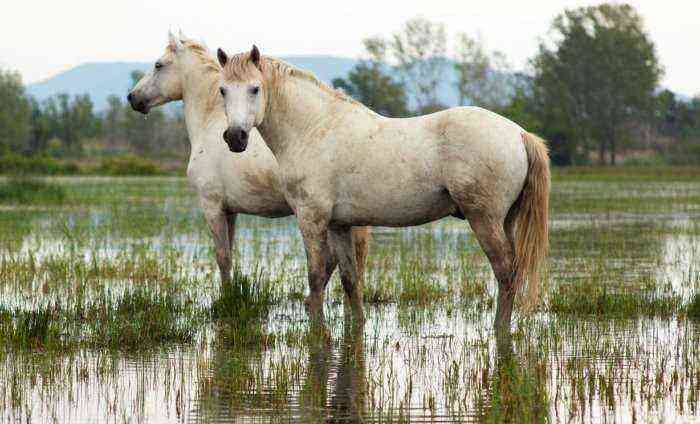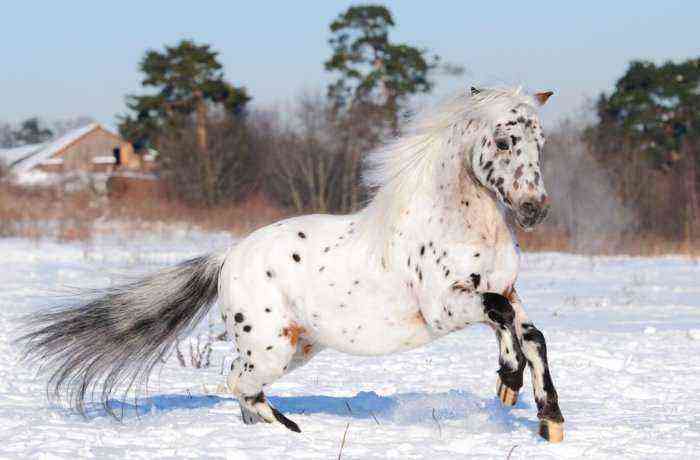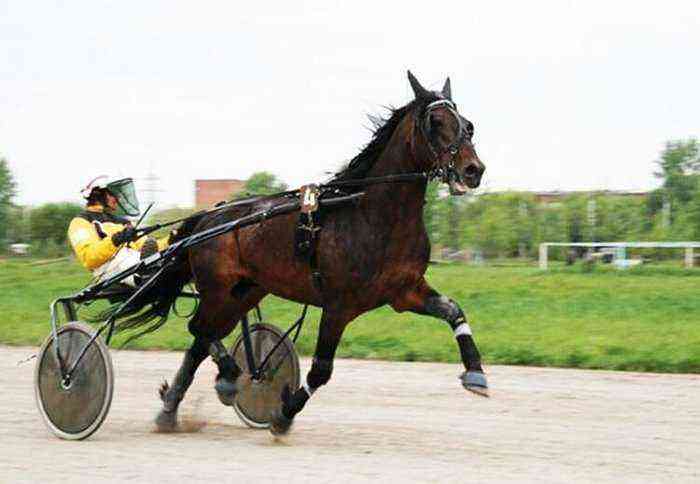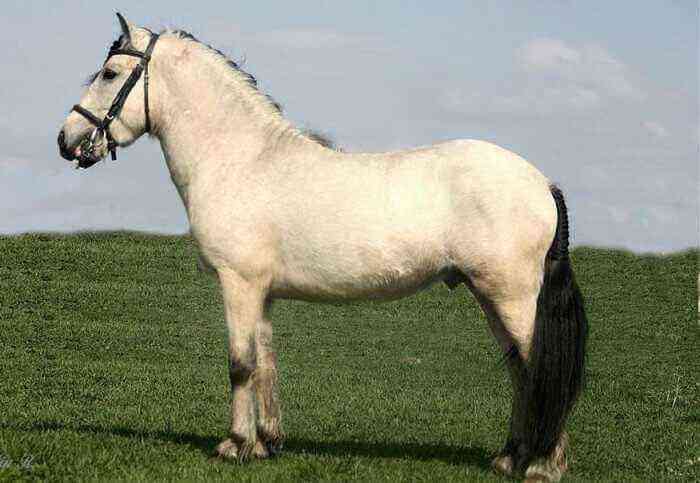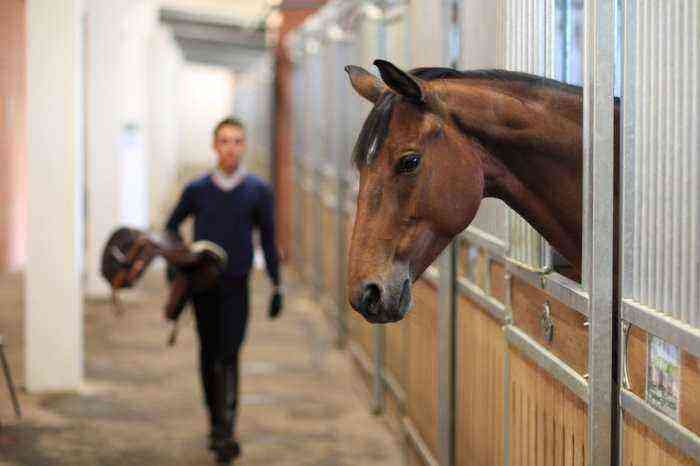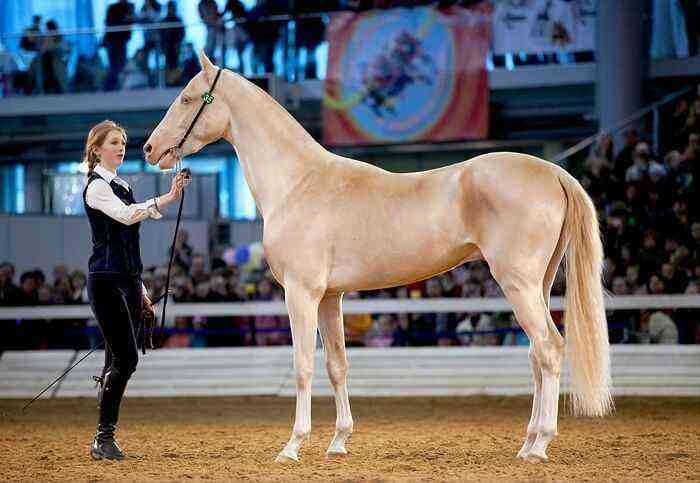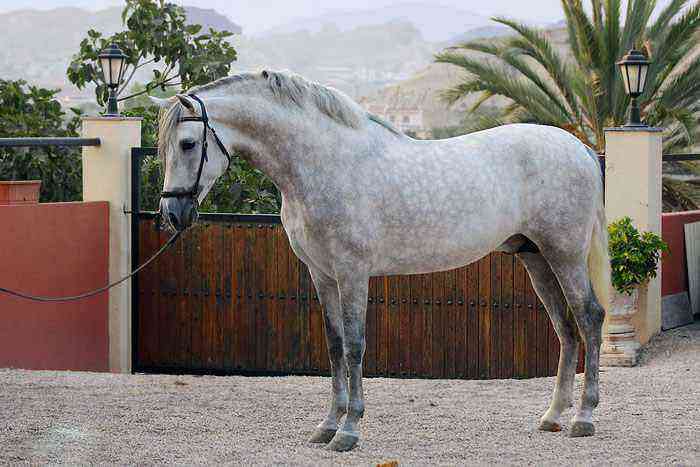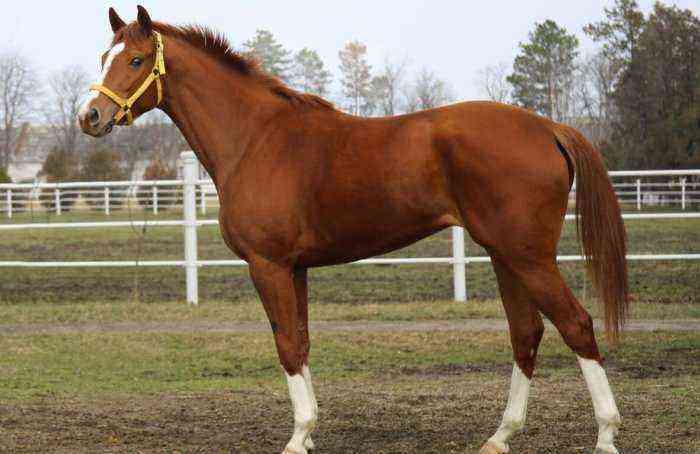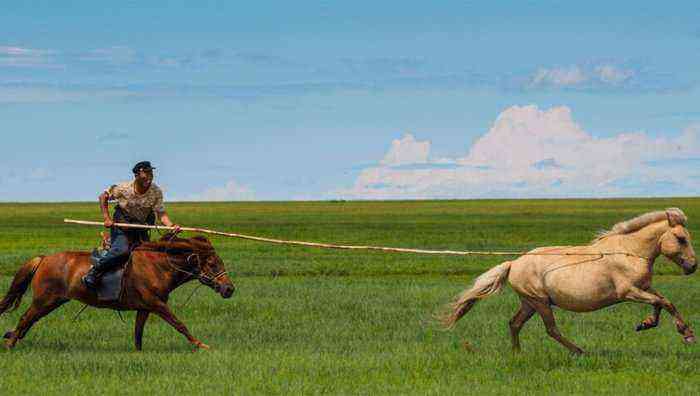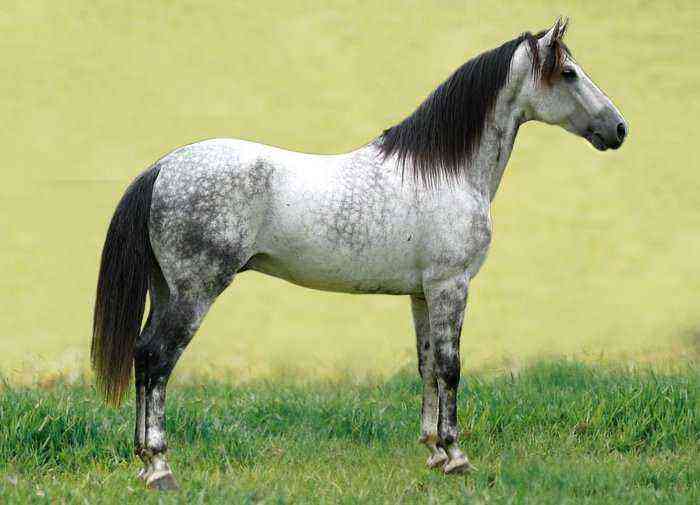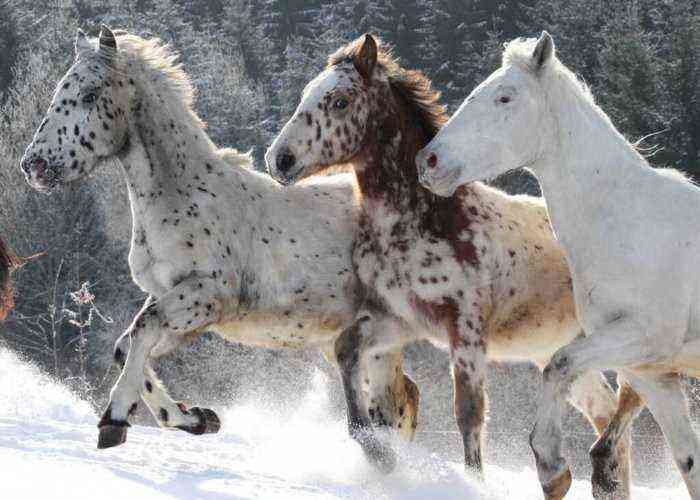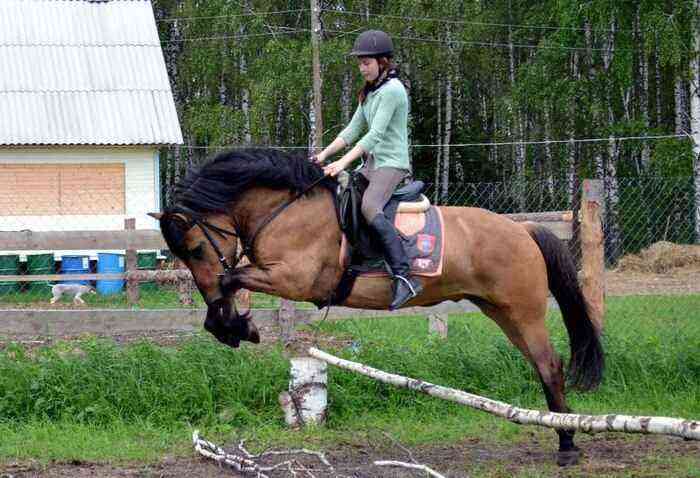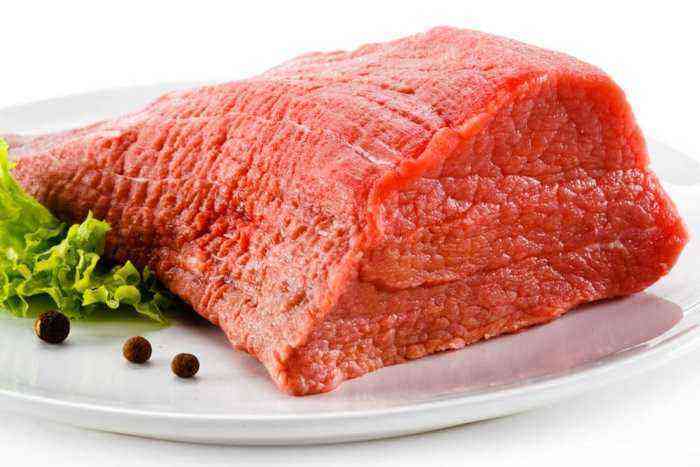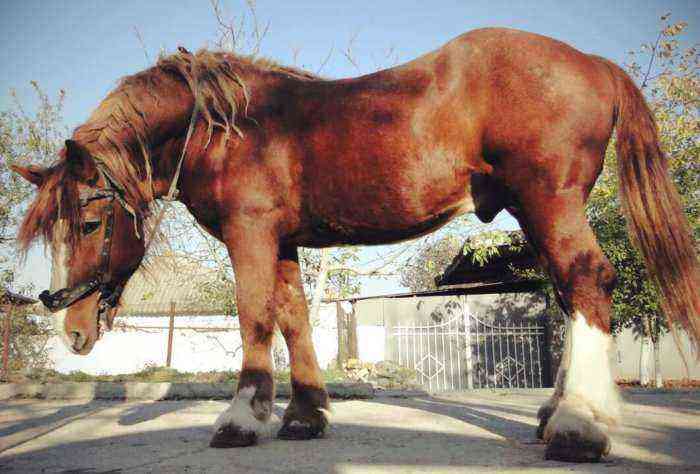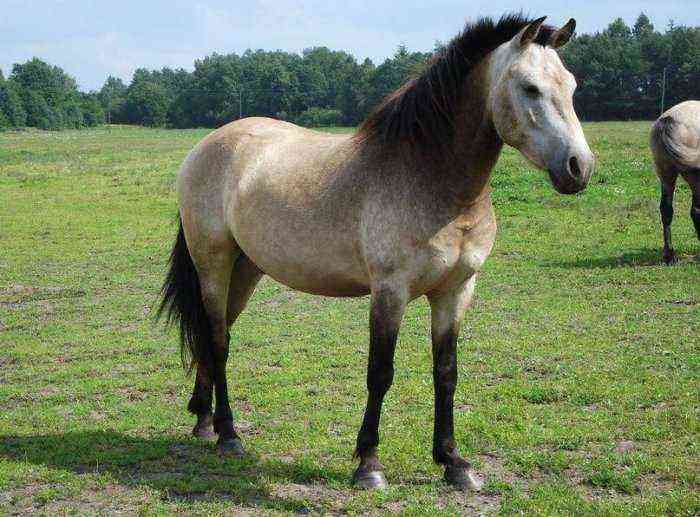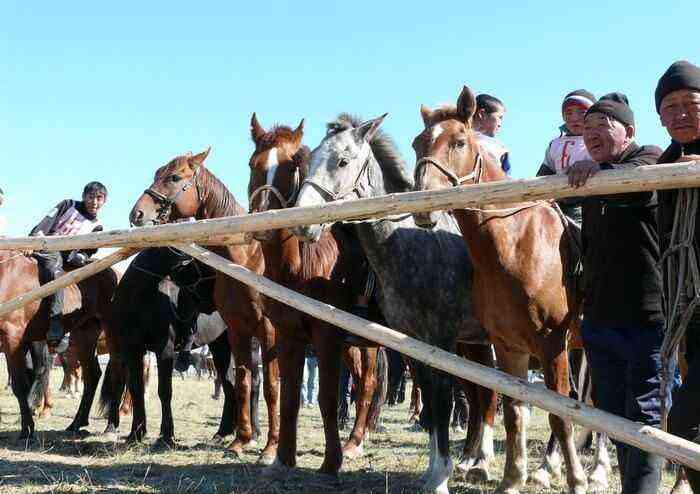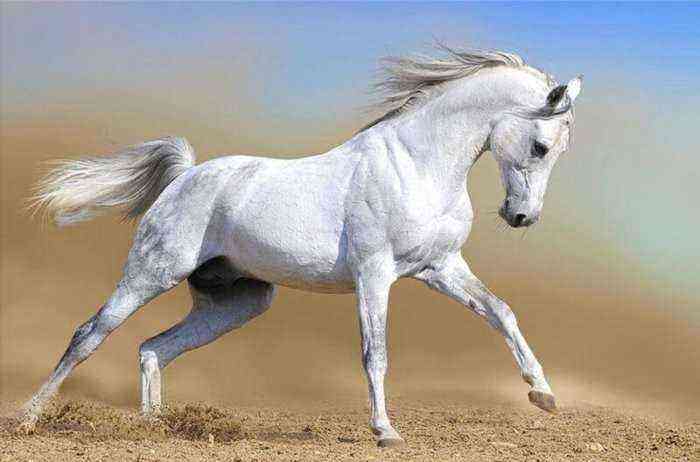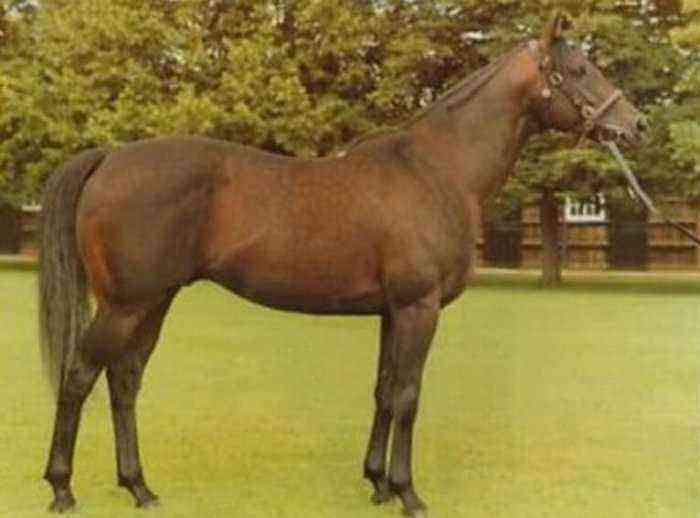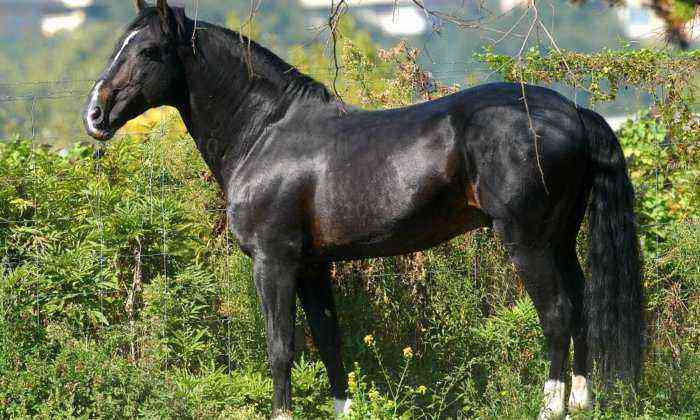In Slovenia, there is a small town Lipica, whose name is unfamiliar to many. The exception is those who are not indifferent to the Lipizzan breed of horses. It is from there that these beautiful, intelligent and graceful horses come from.
Lipizzan steed
History
The area where the Slovenian city of Lipica is now located was formerly part of Austria-Hungary, so the Lipizzan horse breed is considered Austrian. In the Middle Ages, the horses that inhabited the Iberian Peninsula interbred with Arabian horses. Their descendants, the Spanish horses, are the ancestors of the Lipizzans. In the XNUMXth century, the breed again underwent changes, the blood of oriental and Neapolitan horses was again added to it.
For almost 4 centuries, these beautiful horses, famous for their excellent riding and working qualities, were bred in Lipica, as well as in the city of Kladrub. When Austria-Hungary collapsed, the livestock was divided into 2 branches. One of them remained on the territory of Slovenia, and the other – in Austria. Today, the breed is bred at the Piber stud farm, and the so-called Spanish Riding School, located in Vienna, is developing it.
Interestingly, this school does not include horse breeds of Spanish origin, except for the Lipizzans. Here representatives of the breed line are trained in dressage. The results of training are important – they choose the best individuals for breeding.
Reference. Initially, the breed was created for cavalrymen, but for the entire time of its existence, the horses failed to take part in the war.
Description
Lipizzan horses are famous for their spectacular appearance, which they inherited from their Spanish and Neapolitan ancestors. Looking at them, you can see some similarities with Arabian horses. They are distinguished by a strong constitution and beautiful forms.
Exterior and suits
External characteristics of animals:
- the average height of a horse varies between 1,47–1,57 m;
- a small dry head with an elongated muzzle and a straight or slightly convex profile;
- nostrils dilated;
- large eyes, intelligent, expressive look;
- auricles are compact, mobile, with pointed tips;
- the neck of the Lipizzans is thick with a beautiful swan-like curve;
- the withers are low and rather wide;
- the back is slightly elongated, curved in the region of the sacrum;
- croup large and muscular, rounded;
- limbs of medium length with well developed joints.
The Lipizzan breed is characterized by a gray color. Some people confuse it with white, but then the horses would have light skin, but it has a dark pigment, like the iris. Sometimes in the breed there are horses of bay or black color.
The Lipizzan breed is characterized by a gray color.
Attention! The coat of representatives of this line brightens with age. Newborn foals are usually dark, but by the age of 7 they become almost white.
Character
In appearance, the proud horse of the Lipizzan breed is distinguished by a kind and meek character. Breeders speak of these animals as smart and obedient. Horses fascinate with their good nature, and they show it not only in relation to the owner, but also to complete strangers. Lipizzan horses are hardworking and stubborn. These qualities help them learn new difficult tricks.
Advantages of the breed
Lipizzan horses are not only beautiful and friendly, they have other advantages as well. Consider them:
- learnability;
- endurance;
- strong immunity;
- well developed maternal instinct;
- smoothness at the trot.
The disadvantages of the breed line include late maturation and a heavy gallop.
Modern uses of Lipizzans
Horses created for cavalry needs have never been used in military battles. Their main use is performances at the Spanish Riding School. It is located in the center of the capital of Austria – Vienna, in the luxurious Hofburg Palace. Horse training takes place every day. There, graceful horses work out complex tricks. On weekends, everyone has the opportunity to enjoy the demonstration performances of the Lipizzans.
The program includes numbers:
- “Capriole”. This is a very difficult trick, during which the horse jumps up from a place. Being at the highest point, the horse straightens the hind limbs, stretching them back, and keeps them parallel to the ground.
- “Work in hand”. This number allows you to demonstrate the impeccable obedience of the animal to the rider, who stands next to the horse and controls it with the help of reins.
- “Graduate School”. In this program the Lipizzan horses show the beautiful and difficult elements of dressage.
- “School Quadrille” – performance of a group of 8 riders on horses.
Lipizzan horses are also used for other purposes. They have proven themselves in vaulting, so they participate in local and international competitions. These beautiful animals are used for horse riding and light harness.
In the world there are about 3 thousand individuals belonging to this breed line. Most of them are concentrated in Vienna. Lipizzan horses are also bred in neighboring European countries – the Czech Republic, Hungary, and in western Ukraine. These horses have won many fans around the world due to their smart appearance, docility and the ability to demonstrate complex tricks.

